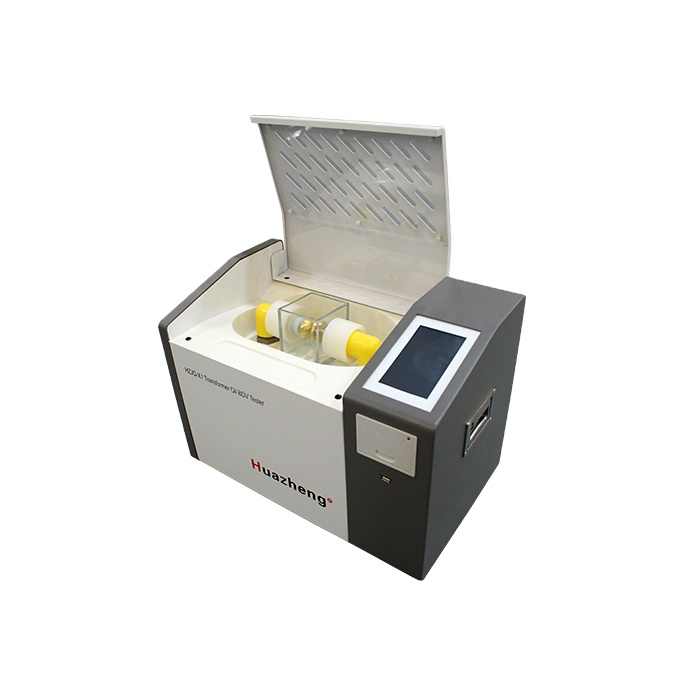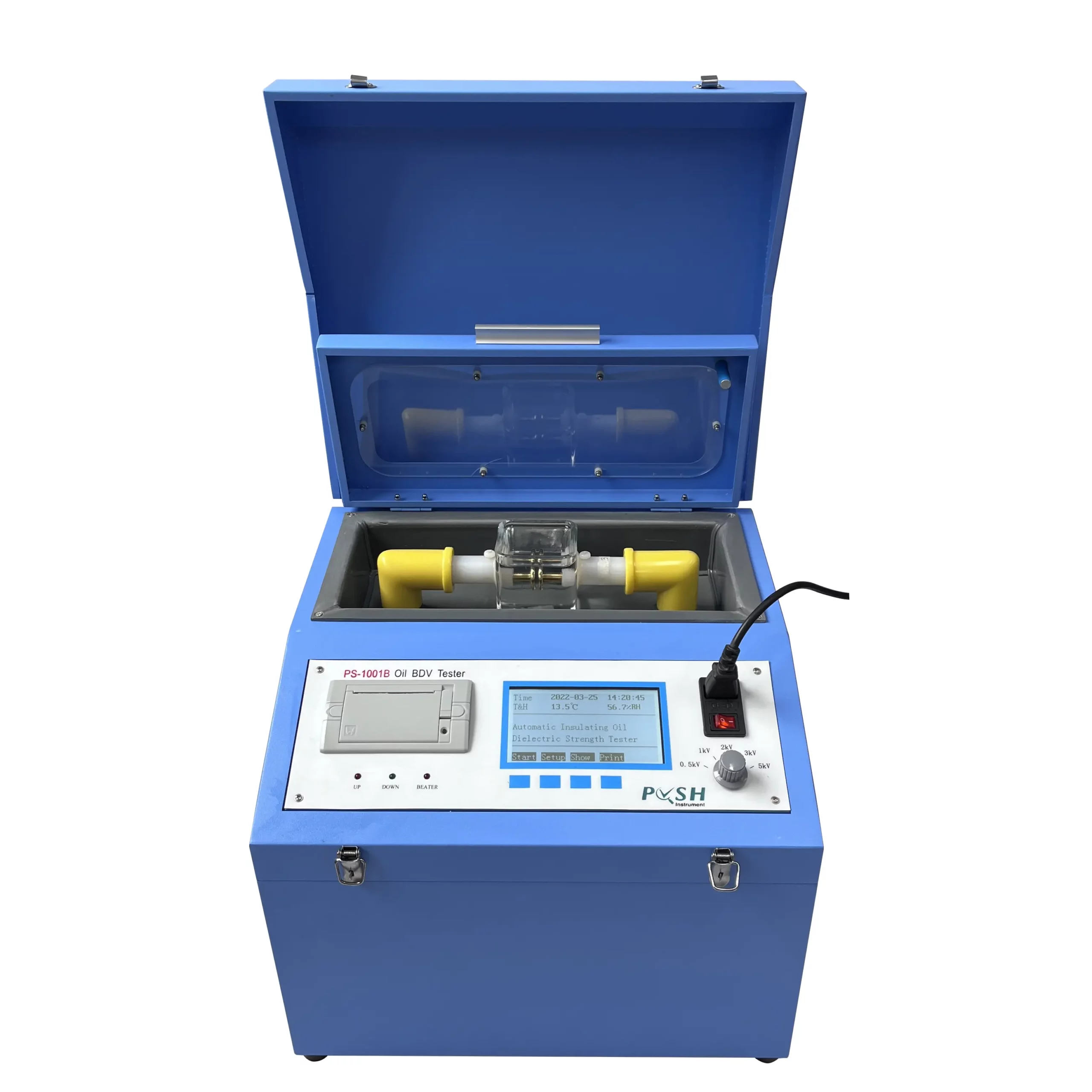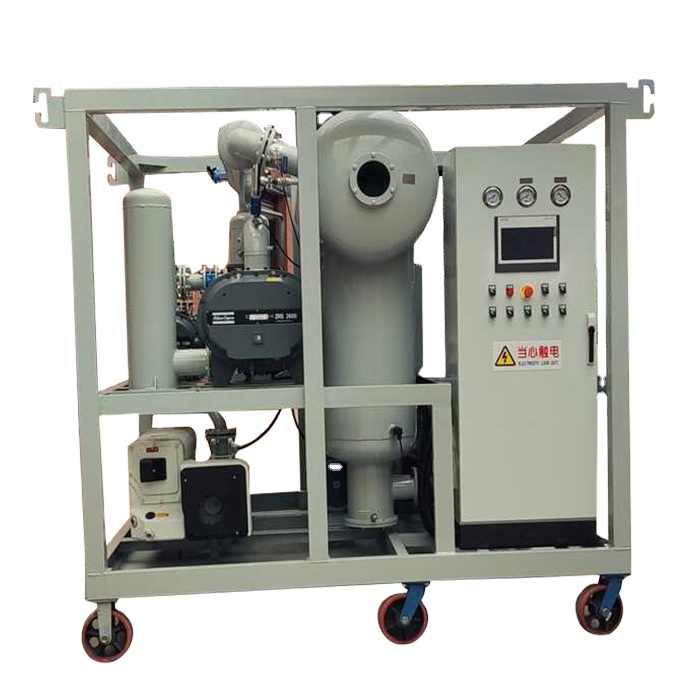Why Dielectric Transformer Oil Issues: Key Attributes and Maintenance Tips
The importance of dielectric transformer oil expands past simple performance, playing a critical role in both the insulation and air conditioning of electric transformers. The maintenance of these oils is just as critical to protect against concerns that may compromise transformer efficiency.
Significance of Dielectric Transformer Oil
Dielectric transformer oil plays an important role in the efficient operation of electric transformers, as it is regularly used as both a coolant and an insulator. Its protecting residential or commercial properties stop electrical discharges and arcing, which are essential to maintaining the integrity of transformer parts. By successfully isolating conductive parts, dielectric oil improves the safety and reliability of the transformer, thus extending its functional life-span.
Along with its insulating capacities, dielectric transformer oil serves as a coolant, dissipating and taking in warmth created throughout the electrical makeover process. This thermal monitoring is necessary to avoid getting too hot, which can cause equipment failing and costly downtime. The oil distributes within the transformer, effectively transferring heat far from critical locations, hence making certain optimum performance.
Furthermore, the chemical stability of dielectric oil is vital for minimizing the oxidation and destruction that can happen in time (waste transformer oil). Routine monitoring of its residential or commercial properties, such as moisture web content and acidity, is important for maintaining its performance. In general, the importance of dielectric transformer oil can not be overemphasized, as it is essential to the safe, reliable, and long-term procedure of electrical transformers
Key Attributes of Dielectric Oil
The efficiency of dielectric transformer oil is largely figured out by its essential features, that include high dielectric strength, thermal conductivity, and chemical security. High dielectric strength is vital as it allows the oil to hold up against considerable voltage degrees without breaking down, consequently avoiding electric arcing and ensuring risk-free operation of the transformer. This characteristic is essential for preserving the integrity of electrical systems.
Thermal conductivity is one more essential function of dielectric oil. It promotes efficient warm dissipation from transformer parts, reducing the danger of getting too hot and prolonging the life expectancy of the tools (transformer oil recovery). Reliable thermal management is vital in keeping optimal operating temperatures, which directly affects efficiency
Chemical security is equally essential, as it makes sure that the oil does not weaken or react adversely with materials within the transformer gradually. This security aids maintain the oil's insulating homes and protects against the development of harmful sludge or deposits that can impair functionality.
Furthermore, low viscosity at operating temperatures enables for much better flow within the transformer, cooling down both improving and insulation. Together, these crucial attributes make sure that dielectric transformer oil does successfully, sustaining the general effectiveness and dependability of electrical systems.
Benefits of Using Dielectric Oil

Additionally, dielectric oil offers as a reliable coolant, dissipating heat produced throughout transformer procedure. This temperature level regulation is vital for protecting against overheating, which can result in devices failing or lowered life-span. The oil's thermal homes add to optimum functional problems, making it possible for transformers to function at their best.
Another significant advantage is the oil's chemical stability and resistance to oxidation. These homes reduce the formation of sludge and other degradation byproducts, thus reducing maintenance needs and extending the intervals in between oil adjustments. Dielectric oil offers outstanding moisture absorption capabilities, which protect the transformer from the destructive results of water access.
Maintenance Best Practices

Furthermore, keeping the transformer's temperature level within defined restrictions is vital. Elevated temperatures can accelerate oil degradation, adversely affecting go to the website its dielectric homes. Carrying out a temperature level tracking system can help in preserving ideal conditions.
Additionally, guaranteeing appropriate navigate to this website ventilation and cooling of the transformer unit minimizes the threat of getting too hot. It is additionally crucial to maintain the transformer complimentary from debris and contaminants that may endanger its efficiency.
Conducting routine visual evaluations for leakages, rust, or indications of endure gaskets and seals is another ideal method. Any problems must be dealt with promptly to protect against oil contamination and preserve system integrity.
Finally, establishing an upkeep schedule that consists of oil replacement or therapy can enhance the life-span of dielectric oil, ensuring it proceeds to carry out properly. By embracing these upkeep finest techniques, operators can maximize transformer performance and lessen unplanned downtime.
Usual Issues and Solutions
Transformers using dielectric oil can encounter a number of usual problems that might impact their performance and integrity. One popular concern is the degradation of the oil because of thermal stress and anxiety, which can result in lowered dielectric strength and enhanced threat of arcing. Regular tracking of the oil's temperature level and implementing cooling services can alleviate this trouble.
Another worry is moisture access, which can compromise the shielding homes of the oil. This can be resolved with normal testing for water material and utilizing desiccants or vacuum dehydration procedures to remove dampness.
Additionally, the development of sludge as a result of oxidation can obstruct normal operation. This can be solved by routine oil purification and replacement when necessary, guaranteeing ideal fluid tidiness.

Final Thought
In verdict, dielectric transformer oil plays a vital role in guaranteeing the effective procedure and safety and security of electric transformers. The significance of dielectric transformer oil can not be overstated in the realm of electrical facilities dependability.
The relevance of dielectric transformer oil expands past plain capability, playing a pivotal role in both the insulation and cooling of electrical transformers.Dielectric transformer oil plays an essential role in the efficient operation of electrical transformers, as it is consistently employed as both an insulator and a coolant. In general, the significance of dielectric transformer oil can not be overstated, as it is fundamental to the safe, efficient, and lasting procedure of electric transformers.
The efficiency of dielectric transformer oil is mainly figured out by its crucial qualities, which include high dielectric strength, thermal conductivity, and chemical security.In verdict, dielectric transformer oil plays a crucial function in guaranteeing the efficient procedure and safety and security of electric transformers.